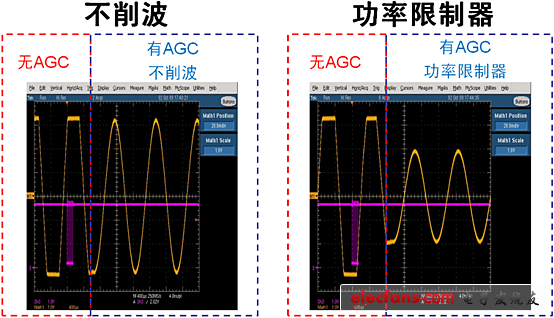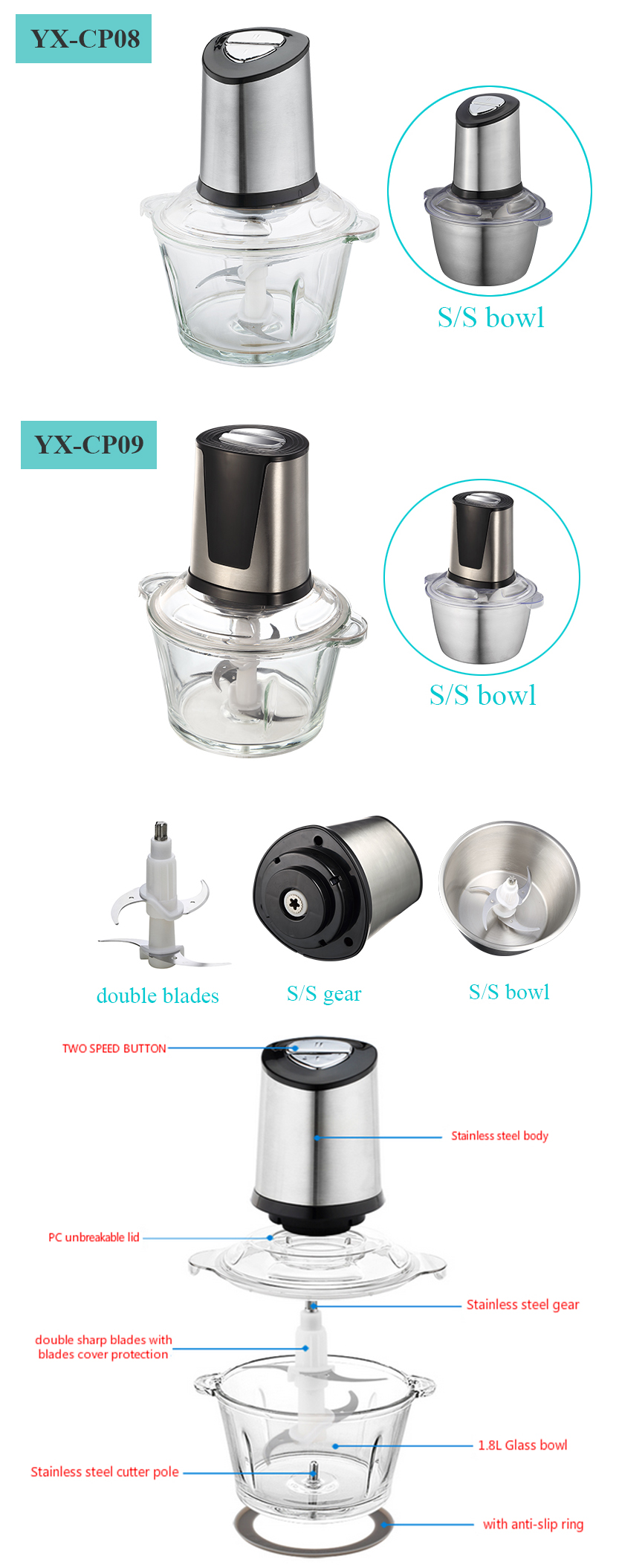smartphones. In recent years, smartphones have integrated more and more functions, but in terms of basic audio amplification applications, there is still room for improvement in terms of continuing to optimize performance and user audio experience. This article focuses on the performance requirements of speaker amplifiers and headphone amplifiers for smartphones, introduces ON Semiconductor ’s corresponding audio amplification solutions, and a new audio subsystem solution that integrates stereo headphone amplifiers, Class D speaker amplifiers, and I2C control-audio Management Integrated Circuit (AMIC).
Speaker amplifier performance requirements and solutions For smartphones, the desired speaker amplifier should provide low electromagnetic interference (EMI) to avoid interference with other radio frequency (RF) circuits in the smartphone. As far as the user's actual application is concerned, users sometimes want to make hands-free voice calls in public places, and sometimes they want to watch videos with audio playback. This requires the speaker amplifier to provide an output volume with a high degree of recognition, while providing low distortion. In addition, low noise is also an important characteristic that the desired speaker amplifier provides. Specifically, this requires a loudspeaker amplifier with a high power supply rejection ratio (PSRR), thereby suppressing time division multiple access (TDMA) noise generated by battery voltage fluctuations during GSM signal transmission; it also requires no popping noise during turn-on and turn-off (pop) And click noise.

Figure 1: Schematic diagram of the audio amplification application of a smartphone

Figure 2: Different technologies to reduce EMI
To meet these expected performance requirements for smartphone speaker amplifiers, Class D amplifiers are an excellent choice. For example, Class D amplifiers provide extremely low EMI to avoid interference with other RF circuits. In fact, the class D amplifier converts the input analog audio signal into a pulse width modulated (PWM) pulse signal, and then uses this pulse signal to control the switching device to turn on / off the audio power amplifier. For smartphone applications, to reduce the EMI of the audio output section, it is important to reduce the portion of the spectrum at higher frequencies. Traditional PWM technology has no specific means to deal with it. But to achieve this, two techniques can be used, one is PWM spread spectrum modulation (switching frequency change), and the other is PWM with ramp control (delayed rise / fall time). In comparison, the ramp control technique is more effective than the spread spectrum modulation technique in reducing the spectrum of higher frequencies, and it is more conducive to reducing EMI.
ON Semiconductor's NCP2824 is a 2.8 W mono Class D amplifier that uses ramp control technology to provide low EMI. In addition, the NCP2824 provides a real-time configurable automatic gain control (AGC) function via a single-wire interface. Its automatic gain control function includes two modes, which are non-clipping and power limiter modes. For speaker amplifiers, clipping occurs when the battery voltage of the smartphone is very low, resulting in reduced output swing and saturation. NCP2824's automatic gain control "do not clip" function can maintain low distortion, you can choose the maximum total harmonic distortion (THD) threshold. On the other hand, under the condition of high output power, excessive output power will occur, resulting in a reduction and saturation of the output swing. The power limiter function limits the output power of the amplifier (the maximum output voltage threshold can be selected) to protect the speaker from damage caused by excessive volume.

Figure 3: NCP2824 supports automatic gain control without clipping and power limiter modes
In addition to having low EMI and low distortion, NCP2824 also performs very well on other key performance indicators of audio amplifiers. For example, this device has excellent signal-to-noise ratio (SNR) performance of up to 95 dB, providing excellent audio performance. In addition, NCP2824 also has excellent power supply rejection ratio (PSSR), PSSR is -72 dB at 217 Hz. NCP2824 also provides up to 92% energy efficiency, helping to extend the battery life of portable devices. This device operates from 2.5 V to 5.5 V, supports fully differential inputs (thus eliminating input coupling capacitance), and requires only one external capacitor. The device also provides a short circuit protection circuit for applications such as smart phones and mobile Internet devices (MID), navigation devices, portable game consoles, and portable media players.
Headphone amplifier performance requirements and solutions Smartphone users expect to enjoy high-fidelity (Hi-Fi) quality music playback through headphones, which requires the headphone amplifier to have low distortion. Since the earphone is close to the human ear, which directly affects the user's hearing experience, the headphone amplifier must be free of audible noise. This feature is more important for the headphone amplifier than for the speaker amplifier. In addition, the headphone amplifier also requires high energy efficiency to help extend music playback time.
In order to meet consumers' higher requirements for headphone audio quality, portable consumer devices such as smartphones require high-quality stereo headphone amplifiers. When designing the output section of the stereo headphone amplifier, designers need to choose a more suitable solution from different options such as capacitive coupling and true ground. Capacitive coupling schemes have high energy efficiency because the power supply only supplies positive output signals; but this scheme uses large coupling capacitors (which will breed size and cost issues), and the sound quality is poor at low frequencies. In comparison, the real grounding scheme does not require coupling capacitors, and has good low-frequency response performance, and the headset is grounded with conventional converters, but the energy efficiency of the real grounding structure is not high. Overall, the true grounding solution provides lower distortion and smaller solution size, with the focus on improving energy efficiency and helping to extend audio playback time.
For headphone amplifiers, in order to provide a comfortable listening level, static power (ie, quiescent current) is the main component of their overall power consumption. Therefore, minimizing quiescent current is critical to improving the energy efficiency of headphone amplifiers. NCP2815 is an ultra-low quiescent current (Iq) stereo headphone amplifier introduced by ON Semiconductor, which provides an ultra-low quiescent current of 1.8 mA to help extend audio playback time.
Food Choppers :
Food Choppers are small kitchen appliance that break up all kinds of chunks meat into minced meat. Besides, food choppers can also be used to chop peanuts, onions, garlic, spices and other foods. Food choppers including Plastic Bowl Choppers, Glass Bowl Choppers and Stainless Steel Bowl Choppers. And food choppers can also be divided into 0.6L choppers, 1.2L Choppers , 1.8L Choppers according to different capacities.

Advantages of food choppers:
1. Stylish appearance.
2. Runs smoothly and efficiency.
3. Easy to disassemble and easy to clean.
4. Rugged and inexpensive
Weclome to send us any inquiry for more details.
Food Choppers
Food Choppers,Electric Food Chopper,Meat Chopper,Mini Food Chopper
Flying Electronic Co., Ltd , https://www.flyingelectronic.com